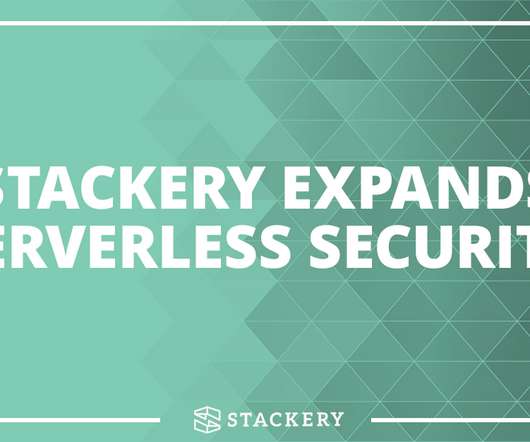ANNOUNCEMENT — Stackery Expands Serverless Security and Continuous Delivery Capabilities
Stackery
APRIL 13, 2020
With additional audit capabilities, scoped IAM permissions, and secrets management for automated verification and deployment pipelines, Stackery helps teams scale serverless usage and accelerate modernization and innovation projects. The Speed of Serverless with Enterprise Security and Governance. and safety check for Python. .















Let's personalize your content